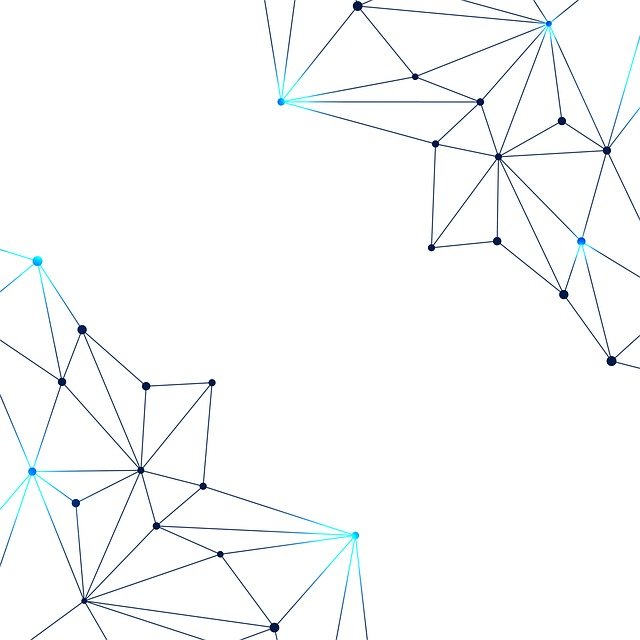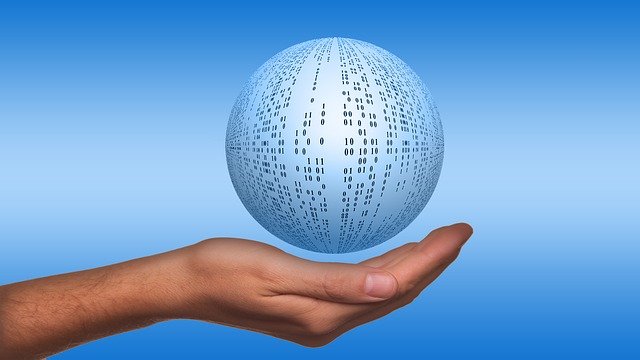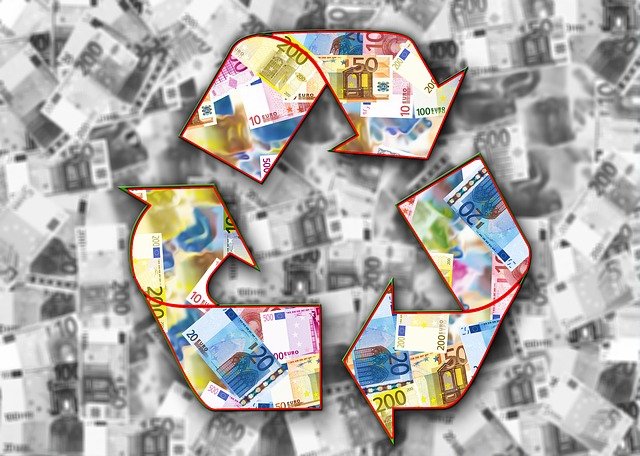Macroeconomics Data Question
In the words of the Hubbard et al. (2012) economic is a science and art that is used to analysing the production, distribution and consumption of the good and service within an economy. The concept of the economic can be understood in the two categories such as microeconomic and macro economics. In this report, the concept of the macroeconomic can be evaluated that is helpful to develop the understanding of the different elements under the macro-economics. It determines that macro economics represent the situation of overall economic rather than a market.
Calculation of the Inflation Rate
| Year | Economic growth rate | Unemployment rate | Price level index base yr = 100 | Inflation rate |
| 1 | 6.20% | 7.30% | 100 | 11.5% |
| 2 | 6.50% | 6.90% | 112.2 | 12.2% |
| 3 | 5.80% | 7.10% | 125.7 | 25.7% |
| 4 | 5.20% | 7.20% | 139.5 | 39.5% |
| 5 | 4.80% | 7.40% | 153.2 | 53.2% |
| 6 | 4.90% | 7.40% | 168.2 | 68.2% |
| 7 | 5.00% | 7.20% | 185.8 | 85.8% |
| 8 | 5.10% | 6.90% | 205.9 | 105.9% |
In the above graph, it can be seen that three main elements of the macroeconomic are determined that includes economic growth rate, unemployment rate and inflation rate. In this, economic growth rate defines that overall performance of the country. It also defines the real GDP growth rate of the economy in a particular time period. According to Hosseini et al. (2011) economic growth rate can be known as the national gross domestic product rate that determines the growth of the country over a time period. An increase in the economic growth rate indicates that country is performing well. Another element of the graph or macroeconomic is unemployment rate that determines the percentage of the people that are unemployed in the country. In the growth of a country, it is expected that unemployment rate should be lowest (Koop & Korobilis, 2010). In the other words, unemployment rate states the share of the jobless people in the country and it indicates to those people who are able to do job but they have not any job at the moment.

At the same time, another element of the graph is inflation rate is also important factor of the macroeconomic. The inflation in the macroeconomic defines rise in the price of a good or service over a period (Mankiw, 2014). Typically, the rise in the price of good and service is determined in the percentage. The deflation is also a known economic term that quite opposite of the inflation. Furthermore, from the above graph, it is determined that economic growth rate and unemployment rate are in the left hand axis on the graph. Beside of this, inflation rate is showing in the right hand axis of the graph. On the basis of graph, it can be determined that economic growth rate has been fluctuated in the last 8 years. However, the economic performance of the company has declined from the first year to in eighth year. In this, it can be seen that in the first year economic growth rate was 6.2% that decline by 5.1% in the eighth year (Evans & Honkapohja, 2012). In the same concern of this, in the context of the unemployment rate, it is found that the country has been successful to decline the unemployment rate that it good thing for the country performance. In this, it is identified that in the first year, the unemployment rate was 7.30% that was declined by the country at 6.90%. It is not big but it indicates to good performance to provide employment to people. At the same time, it is also found inflation rate is increasing continuously. The graph shows that the inflation increased 11.5% to 20.1% in the last 8 eight years that show price of good and product increasing rapidly (Borio, 2014).
A business cycle exhibits the fiscal activity of an activity over a time period. In the business cycle, there are four main steps that are expansion, peak, contraction and trough. In this, expansion is first stages of the business cycle where particular indicator of the economy starts to rise after reaching the lowest point. In this case, year 6th comes under this stage in the context of the economic growth rate. It is because in this year economic growth rate begin to rise after the hitting the lowest point 4.80% (Blanchard et al. 2010). Moreover, the next state of the business cycle is peak and in this stage, it is difficult to predict the economic performance before occur. Typically, in this stage economic is found high that shows it is operating efficiently. In this case, it is found that in starting two years such as 1st and 2nd years come in this stage.
Contraction is another significant stage of the business cycle. This stage is quite opposite of the expansion stage because in this stage, the economic indicator begin to go down after hitting the highest point. In this given scenario, it is found that financial year 3rd comes in this stage because in the year economic growth rate begin to goes down after hitting highest 6.50%. In the context of the unemployment rate, it can be said the financial year 5th and 6th come under the contraction stage of the business cycle. As the last stage of the business cycle, the trough can be identified. This stage of the business cycle indicates that in that way business cycle contraction phase is the opposite of its expansion stage as same way cycle’s trough is the opposite of its peak (Koop & Korobilis, 2010). In this stage, it is easy to predict the economic performance before occur. On the basis of given data, it is identified that the financial year 5th comes in this stage as the economic growth rate. On the other hand, in the context of the unemployment rate, it is identified that financial year 3rd comes in the stage of the business cycle.
Role of the central bank and monetary policy in reducing the gap between actual and trend economic growth
In the economics language, the term actual economic growth shows the actual change in the growth rate of the country. Actual economic growth rate shows the accurate performance of the country by statistic data. At the same time, the term economic growth rate depicts the speed at which economic can grow over a time period. It can be seen that a gap always presented in the gap between actual and trend economic growth. In this, it is identified that the central bank and monetary policy plays a significant role in retain the sustainable economic growth in the country (Montinari & Stracca, 2016). Monetary policy plays a significant role in managing the appropriate adjustment in the demand and supply of the good and service in the country. An increasing economic growth is depending on the increase in the demand and supply of the country. At the same time, monetary policy is also important to maintain the price stability in the effective manner. An effective monetary policy helps to maintain the price stability at the domestic level. In maintaining gap and reducing gap between the actual and trend economic growth, it can be seen the monetary policy is helpful to credit control in the economy. At the same time, it is also found that monetary policies developed by the central bank are effective in order to manage the debt (Borio, 2014). The government of the country borrow the debt for the economic development in the county. In this ways, central bank makes its monetary policy with the objective of minimising the debt of the government. At the same time, central bank also has objective to increase the borrowing of the public year by year. The monetary policy of the central bank shapes the suitable interest rate structure in the country that is helpful to minimise the gap between the actual and trend economic growth.

From the above discussion, it can be concluded that the understanding of the concept of the macroeconomic is essential to understand the financial performance of an economy. In this, it is identified that the main elements and indicator of macro economics are economic growth rate, unemployment rate and inflation rate. In the good economic performance of the country, it is expected that GDP rate should high and unemployment rate should less. Furthermore, it is found that monetary policy of the central bank plays a significant role in managing the gap between the actual and trend economy growth.
Blanchard, O., Dell’Ariccia, G., & Mauro, P. (2010). Rethinking macroeconomic policy. Journal of Money, Credit and Banking, 42(s1), 199-215.
Borio, C. (2014). The financial cycle and macroeconomics: What have we learnt?. Journal of Banking & Finance, 45, 182-198.
Evans, G. W., & Honkapohja, S. (2012). Learning and expectations in macroeconomics. USA: Princeton University Press.
Hosseini, S. M., Ahmad, Z., & Lai, Y. W. (2011). The role of macroeconomic variables on stock market index in China and India. International Journal of Economics and Finance, 3(6), 233.
Hubbard, G., Garnett, A., Lewis, P., & O’Brien, T. (2015). Essentials of Economics 3rd ed. Melbourne: UK: Pearson.
Koop, G., & Korobilis, D. (2010). Bayesian multivariate time series methods for empirical macroeconomics. Foundations and Trends® in Econometrics, 3(4), 267-358.
Mankiw, N. G. (2014). Principles of macroeconomics. UK: Cengage Learning.
Montinari, L., & Stracca, L. (2016). Trade, finance or policies: What drives the cross-border spill-over of business cycles?. Journal of Macroeconomics, 49, 131-148.


